Content:
Oak-leaved hydrangea appeared relatively recently and has not yet been fully mastered by Russian gardeners, but it has rightfully won the title of "pearl of the garden" in many regions, especially in the Moscow region. This plant can easily become a decoration of any site; even beginners can take care of it.
For the convenience of gardeners and summer residents, this article contains detailed information about the characteristics of the plant, information about popular varieties, describes the cultivation technique, indicates the advantages and disadvantages.
The history of the emergence of hydrangea
Oak-leaved hydrangea was brought to Europe from South and East Asia for the wealthy strata of society at the beginning of the 14th century, to Russia - around the 19th and 20th centuries. Initially, there were 2 types: white and red hydrangeas.
The plant was named after Philibert Commerson. In that era, the word "hydrangea" was considered a common female name. Many theories have arisen as to who the plant was dedicated to.
Legend of origin
One clear day, the girl was sitting by the cleanest lake. Suddenly, raising her gaze, the maiden saw a handsome prince from a neighboring tribe. The young man smiled at her, and the girl realized that her heart would never be able to beat before.
The days flew by, the day was approaching when the girl had to return to her native land. At the same time, their love grew stronger ... Parting was difficult. Many said that the maiden's tears were like drops of blood.
In the place where the tears of the lovers soaked the earth, a large white flowering hydrangea bush appeared. He was as big, powerful, strong as an oak tree.
To this day, this plant personifies deep, strong, but unhappy love.
Description
The plant belongs to the family Hortensiae, genus - Hortensia. It is a shrub. The length is forced from 1-2.2 m. It has a lignified trunk, a shallow ramified system. The leaves are 7-lobed with a rough surface, reaching 25 cm. In appearance they resemble oak leaves.
Inflorescences reach 30 cm in length. On them are flowers, depending on the variety, of various white colors (from pure white to milky), as well as pale red. The diameter is forced from 15 to 50 cm.
Characteristics of oak-leaved hydrangea varieties
At the moment, there are about 30 varieties of oak-leaved hydrangea that can germinate in the climate of Russia. The most popular and beautiful ones are presented in the table.
| Description of varieties of oak-leaved hydrangea | ||
| Variety | Plant parameters | Exposure to weather conditions |
| Snow white domes | · Plant height - about 1.6 m. · Inflorescences are white, large, reaching a diameter of 25 cm. · Compact variety with a crown diameter of 1 m, making it suitable for hedging. | · Differs in high winter hardiness even in Siberia (-200 degrees Celsius). · The variety is characterized by drought resistance - withstands drought for 1-2 weeks. |
| Burgundy | · Inflorescences of deep purple color, diameter - about 15 cm. · Slow growing plant. | · Resistant to frost (-270 degrees Celsius). · The hydrangea of Burgundy is oak-leaved with average drought resistance. |
| Magic Amethyst | Flowers are large, spherical, 25 cm in diameter. · Depending on the acidity of the soil, the flowering period, it changes color. At first, the flowers of hydrangea Amethyst are lemon-greenish, then turn pink, then turn pink with a green edging. · Hydrangea Amethyst has a compact oakleaf bush. The height is forced within 100 cm, the width is 90 cm. | · Heat-loving, tolerates slight blackouts. · Medium drought resistance. · Hydrangea Amethyst is not very hardy (it can withstand frosts down to -20 degrees Celsius). For a harsh winter, it requires covering. |
| Tennessee clone | · Reaches 1.5 m in height. · The leaves of the plant in autumn are painted in deep burgundy tones. · Milky flowers are collected in conical inflorescences. · Long flowering period - from early summer to October. | · Frost resistant. · Average drought tolerance. |
| Snowflake | · Bush 1.5-2 m with large white brushes. · Terry flowers, 10-15 cm in diameter, by autumn they are painted in a burgundy-red hue. | · Good frost resistance, but young plants are still recommended to be covered for the winter. · Hydrangea Snowflake does not tolerate drought well. |
| Harmony | · Height - about 2 m. · Inflorescences are large, snow-white or milky, reaching 30 cm in length. · Reddish shoots turn orange by autumn. | · Average frost resistance (survives at -25 degrees Celsius). · Poorly tolerates blackouts. |
Growing
Growing oak-leaved hydrangea is a simple task, but planting this plant requires adherence to several strict rules. If you don't follow them, you won't be able to grow a healthy hydrangea.
Choosing a breeding method
Practicing 3 ways:
- Seeds. Experienced gardeners and breeders choose this option, it is the most difficult. Plus - a completely healthy, strong plant that is more resistant to weather conditions. Beginners should not choose it.
- By dividing the bush. The method is not laborious, fast. The difficulty can arise only in the process of shortening the sheet.
- Cuttings. The result is a hybrid parent instance. The method is quick, most often it is used by beginners.
Landing conditions
Oak-leaved hydrangea is very picky about the soil. An area with loose, fertile soil is ideal. During planting, it is recommended to fill the soil with a mixture of sand and humus.
It is necessary to place the plant in a bright place or in partial shade. It is better to choose a not quite open area if there is a risk of strong winds.
Care and fertilization
In addition to landing, grooming is important. Following the recommendations of experts, it is not difficult to grow a healthy plant:
- In the first year of life, watering should be done up to 2 times a week during the summer period.
- Dry, damaged, old and diseased parts of the hydrangea should be trimmed regularly. After finishing, remove all wilted inflorescences.
- Young annual seedlings are usually not pruned. An adult plant is cut off radically in the fall (up to 40-50 cm). After 1-2 years, it recovers completely.
- During the entire growing season, it is necessary to loosen, weed the ground, removing weeds.
- For the prevention of diseases and protection from pests during the growing season, it should be treated with a solution of copper sulfate. Add 15 grams to 10 liters of water. dry matter, mix thoroughly. In the spring, it is enough to treat once with Bordeaux liquid.
- In the first year of life of an oak-leaved hydrangea, it is not necessary to feed it. In the second year, they begin to carry out complex feeding (2 times a year: during planting and during the growing season).
Advantages and disadvantages
Like any plant, oakleaf hydrangea has its pros and cons. If you know them, you can say with certainty whether this decorative flower is needed by a certain gardener or summer resident.
| Advantages and disadvantages of Dubolist hydrangea | |||
| pros | Minuses | ||
| Gorgeous, plentiful inflorescence | Intolerance to nitrogen fertilizers | ||
| Good drought tolerance | The need for the strictest adherence to the rules during landing | ||
| Long flowering period | The possibility of flowering only in the light or in partial shade | ||
| Most varieties are frost resistant | |||
| The availability of a variety of varieties for any choice | |||
| Good resistance to pests, diseases | |||
Careful care, watering, compliance with all planting conditions will provide the hardworking gardener and summer resident with a magnificent plant on the site - oaky hydrangea. If everything is done correctly, it will delight the owner for many years with a long lush flowering.


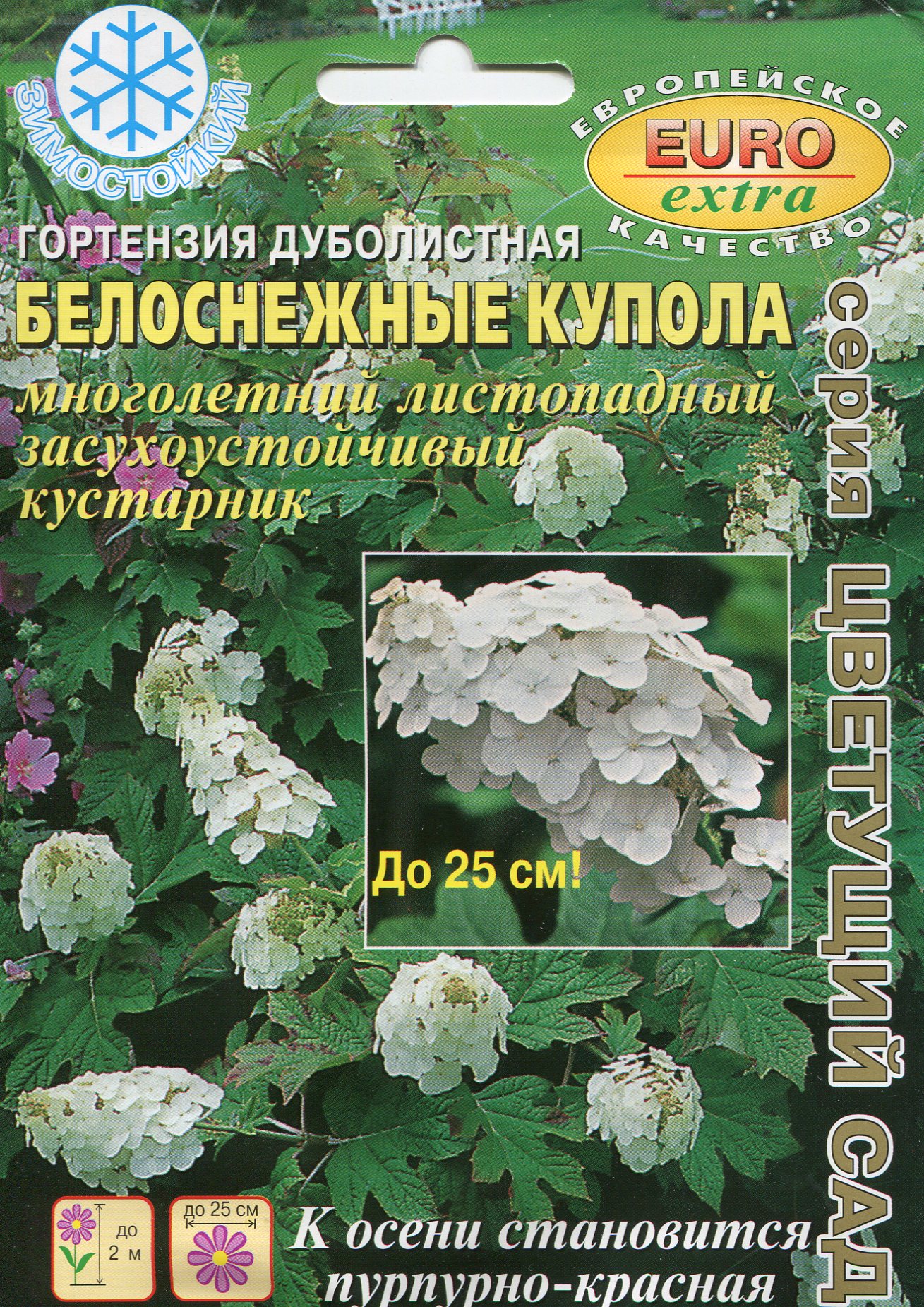
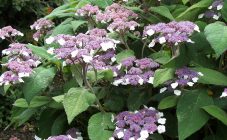
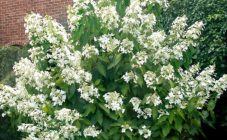
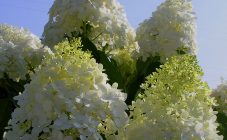
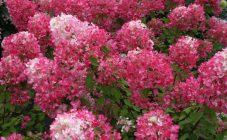
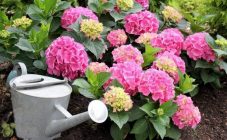
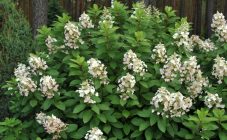







Hello! The question of intolerance to nitrogen fertilizers ... Thanks to what fertilizer can oak-leaved hydrangea grow foliage?